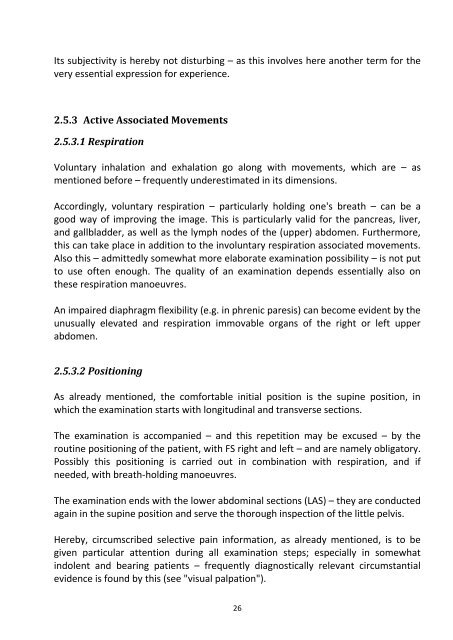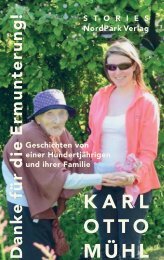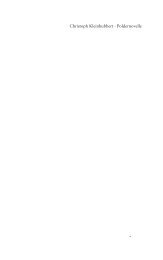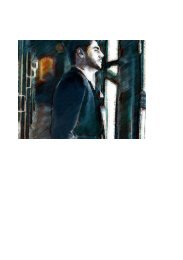Greiner-Ultrasound-Leseprobe
To conduct an ultrasound is a clinical art – the more so, if it is to be a good ultrasound; and who would even think of it without this sense of entitlement? Possibly the beginner, for whom this book was written, containing advice for the ultrasound examination of the abdomen and other body regions with numerous case studies, black and white or with colour, with or without contrast medium, interventional or without needle and drainage, simple or complex (and purposely only loosely structured according to organ systems, similar to that which is characteristic of the everyday working environment) – and without any claim to completeness. Sonography requires taking a very close look and an adequate degree of creative association, as well as fantasy and clinical ability for deduction – not too much, but also not too little either.
To conduct an ultrasound is a clinical art – the more so, if it is to be a good
ultrasound; and who would even think of it without this sense of entitlement?
Possibly the beginner, for whom this book was written, containing advice
for the ultrasound examination of the abdomen and other body regions with numerous case studies, black and white or with colour, with or without contrast medium, interventional or without needle and drainage, simple or complex (and purposely only loosely structured according to organ systems, similar to that which is characteristic of the everyday working environment) – and without any claim to completeness.
Sonography requires taking a very close look and an adequate degree of creative association, as well as fantasy and clinical ability for deduction –
not too much, but also not too little either.
You also want an ePaper? Increase the reach of your titles
YUMPU automatically turns print PDFs into web optimized ePapers that Google loves.
Its subjectivity is hereby not disturbing – as this involves here another term for the<br />
very essential expression for experience.<br />
2.5.3 Active Associated Movements<br />
2.5.3.1 Respiration<br />
Voluntary inhalation and exhalation go along with movements, which are – as<br />
mentioned before – frequently underestimated in its dimensions.<br />
Accordingly, voluntary respiration – particularly holding one's breath – can be a<br />
good way of improving the image. This is particularly valid for the pancreas, liver,<br />
and gallbladder, as well as the lymph nodes of the (upper) abdomen. Furthermore,<br />
this can take place in addition to the involuntary respiration associated movements.<br />
Also this – admittedly somewhat more elaborate examination possibility – is not put<br />
to use often enough. The quality of an examination depends essentially also on<br />
these respiration manoeuvres.<br />
An impaired diaphragm flexibility (e.g. in phrenic paresis) can become evident by the<br />
unusually elevated and respiration immovable organs of the right or left upper<br />
abdomen.<br />
2.5.3.2 Positioning<br />
As already mentioned, the comfortable initial position is the supine position, in<br />
which the examination starts with longitudinal and transverse sections.<br />
The examination is accompanied – and this repetition may be excused – by the<br />
routine positioning of the patient, with FS right and left – and are namely obligatory.<br />
Possibly this positioning is carried out in combination with respiration, and if<br />
needed, with breath-holding manoeuvres.<br />
The examination ends with the lower abdominal sections (LAS) – they are conducted<br />
again in the supine position and serve the thorough inspection of the little pelvis.<br />
Hereby, circumscribed selective pain information, as already mentioned, is to be<br />
given particular attention during all examination steps; especially in somewhat<br />
indolent and bearing patients – frequently diagnostically relevant circumstantial<br />
evidence is found by this (see "visual palpation").<br />
26
















